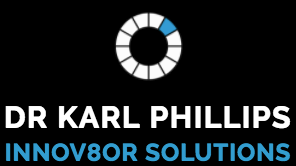Skill
Skill
A process of defining project scope with estimating techniques to then use schedules to plan, baseline and subsequently report progress within the project environment against the delivery of milestones, outputs, outcomes and benefits
Competency
Competency
Specialist
Competency Level
Competency Level
95%
KNOWLEDGE (THEORIES, IDEAS & CONCEPTS)
Through Professional/Personal Study Gained Through Experience
Skills & Application of Knowledge
in Real World Situations
Together with Responsibilities/Accountabilities
Selected Challenges & Approaches
Together With lessons Learnt
Selected Achievements & Successes
Together with Any ‘So What’ Statements of Insights
